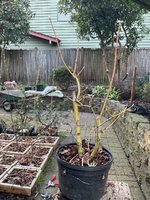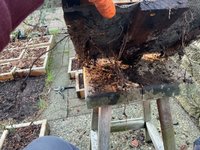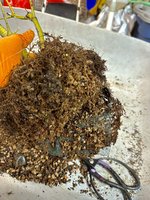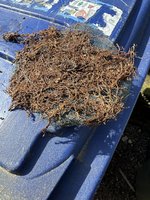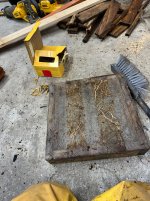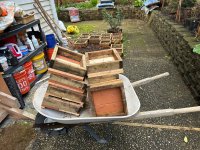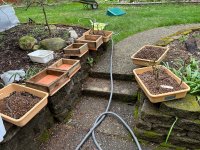Deep Sea Diver
Imperial Masterpiece
Nicely done.
Interesting point.
When designing the deck of these boxes , I weighed two competing “goods” …drainage and box integrity.
My goal was to have similar drainage to an Anderson flat, while making the box as light yet sturdy as possible for the least amount of money.
Achieving as close to Anderson flat like drainage, with a sturdy, slimmed down profile and ease in assembly/disassembly became the key objectives.
Ease in tree removal didn’t make my list as a key item. Perhaps it should have been given more consideration… we will know for sure in a couple years!
Cheers
DSD sends
Built my first couple of training pots this week.Seems mine have less drainage than some other pots but maybe also less future repot woes.
Interesting point.
When designing the deck of these boxes , I weighed two competing “goods” …drainage and box integrity.
My goal was to have similar drainage to an Anderson flat, while making the box as light yet sturdy as possible for the least amount of money.
Achieving as close to Anderson flat like drainage, with a sturdy, slimmed down profile and ease in assembly/disassembly became the key objectives.
Ease in tree removal didn’t make my list as a key item. Perhaps it should have been given more consideration… we will know for sure in a couple years!
Cheers
DSD sends







